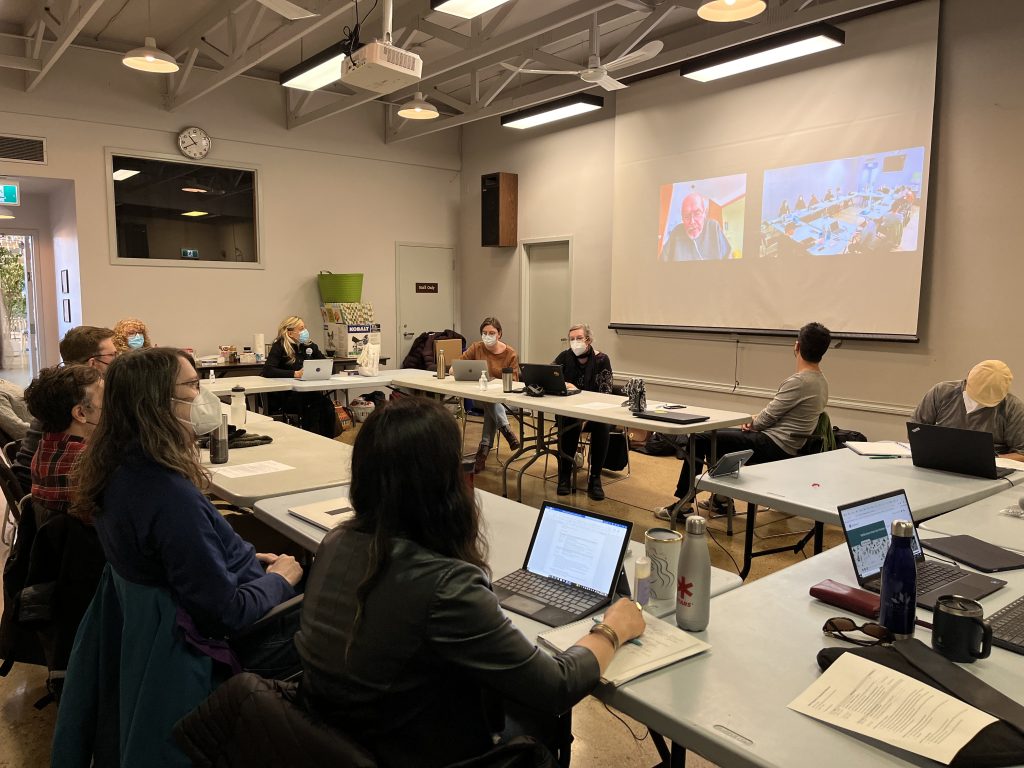
Photo by Mike Hindle via Unsplash and Manuel Barroso Parejo via Unsplash
What are the consequences of using the machine as a metaphor for an organization? When I think about this, I think about the pressures of outputs, the overwhelming feeling of trying to keep up, and the inevitable burnout. I think about simplified linear logic models of A + B + C = D. I think about specialized roles and how when something breaks, few know how to remedy it. I think about wear and tear, and eventual degradation of the machine.
What if we were to draw on the metaphor of Life to understand organizations? Now I think about emergence and relationships and synergies. I think about webs and networks of interrelated entities that fill important niches. I think of how the whole is greater than the sum of the parts. I think about self-organization and redundancy and resilience. I think about support, care, meaningful contribution, and deep co-responsibilities. I think about growth and cycles and regeneration.
I was introduced to this powerful metaphor by nRhythm, an organization using a living systems approach “to transform workplaces and create conditions where health and abundance are the natural outcomes.”
Arguably, one of the biggest advances in human development has been the development of organizational capacity. We were able to move beyond our small troupe hunter-gatherer communities by developing organizational systems that allowed people to work with one another beyond their kin groups. Creating shared orienting stories and motivating people with a higher sense of purpose supported action and coordination among larger groups of humans. A great example is the emergence of large armies during Roman times.
This was the development of conventional social-cultural capacities (Level 3). No longer were we only reliant only on our genetic programming and lessons from our own lived experience – we could look to social norms, culture, and institutions for how to behave, care, think, and act.
The downside is that these conventional norms of caring, thinking, and acting can be passed down and perpetuated without being checked against what is most needed to face our biggest challenges, locking us into unhelpful patterns and narrow dependencies. Nine-to-five school prepares kids well for nine-to-five jobs, but doesn’t necessarily support them in becoming life ranging, responsible, resourceful, resilient human beings equipped to address the biggest challenges that face us today, like ecological degradation and social upheaval.
As we build organizational structures to support the work of Human Venture, one of the biggest challenges has been avoiding the adoption of conventional systems or processes that could hamper our ability to be adaptive in just this way. While it has been tempting to go to the “How to Start an Organization” playbook, we have been taking the time to explore what is required to set up an organization that can most effectively support Human Venture work long into the future.
We first need to focus on capacity building. To create an adaptive organization, the people within the organization need to have high levels of adaptive learning capacities including strategic thinking, creativity, innovation, and leadership. Rather than jump into operational plans, we have focused on studies of strategy, error and failure, the scientific and industrial revolution, and further study of the Human Venture Meta-Framework (which is essentially a guide to building adaptive learning capacities). People have learned to self-authorize, see something that needs to be done, and try to do it successfully without being told what to do. It has been slow (years!) with much trial and error, but in the long run it has set us up with better skills to design an adaptive organization that serves the Human Venture’s purpose.

Recently, the HVI and HVL boards and Human Venture Associates gathered to design the governance of the organizations and the Human Venture community, in order to provide more clarity on how we operate and how we make decisions. Here’s a taste of some of the territory we covered:
Principles that Guide Human Venture Organizational Design and Decision Making:
Wisdom-Ignorance Benchmark – We strive to align our work with the life progress path. We use the benchmark to test our decisions and actions.
Nested Hierarchies – We recognize that we exist within nested hierarchical situations and use this to understand our situation, our efforts, and our impact. We practice ongoing situation assessments and stocktaking.
Frames of Action – We strive to align our goals within the different frames of action. We avoid over-focusing on operations and tactics and are working to build our capacity to develop the strategic, foundational, and transcendent frames.
Ecology of Authority – We recognize that there are different influences in our ecology of authority including formal and natural authority, the authority of the situation, etc. These are all considered in decision making.
Teamwork – We know that the teamwork stage of organizations can be highly adaptive. We work to ensure everyone knows the purpose and encourage people to self-authorize when they see what needs to be done.
Capacity Construction & Reconstruction – We prioritize capacity development and support people in the development of the skills required to do this work. We help each other and the organization match our capacity to the challenges and opportunities.
Adaptive Learning – We practice adaptive learning and development. We work to understand functionality and borrow from conventional thinking and systems when adaptively appropriate.
Levels of Responsibility – We recognize that there are varying levels of commitment and responsibility among the people involved. This can ebb and flow, however we encourage efforts to align life engagements with the Human Venture. Those with a deep commitment will play a larger role in the organization and MFW development.
Developmental – As individuals and as an organization we are on a path of becoming.
Want to know more? Email info@humanventure.com.
Dana Penrice is a farmer and works to guide fellow farmers transitioning to regenerative practices that improve the health of ecosystems and human communities. Dana also works with groups focused on food system change.
